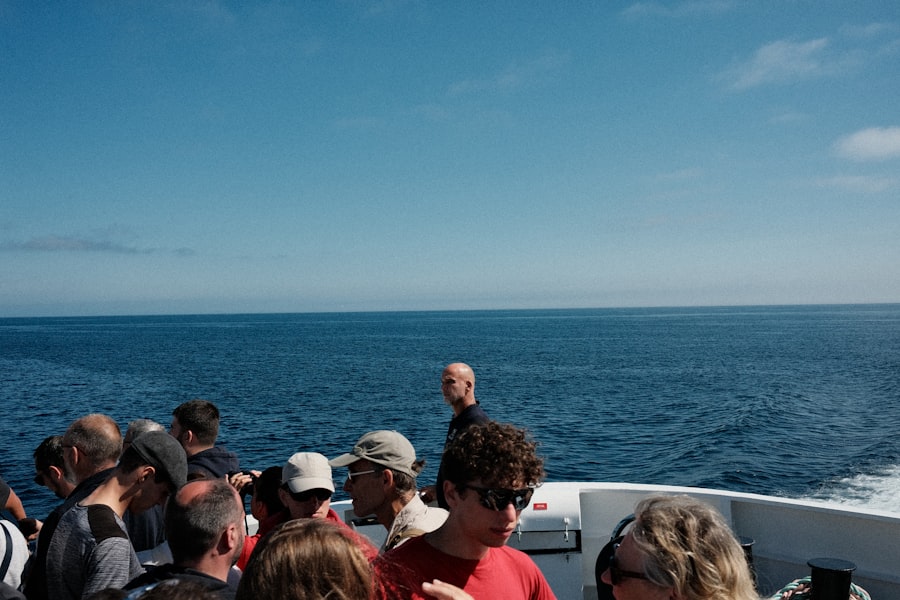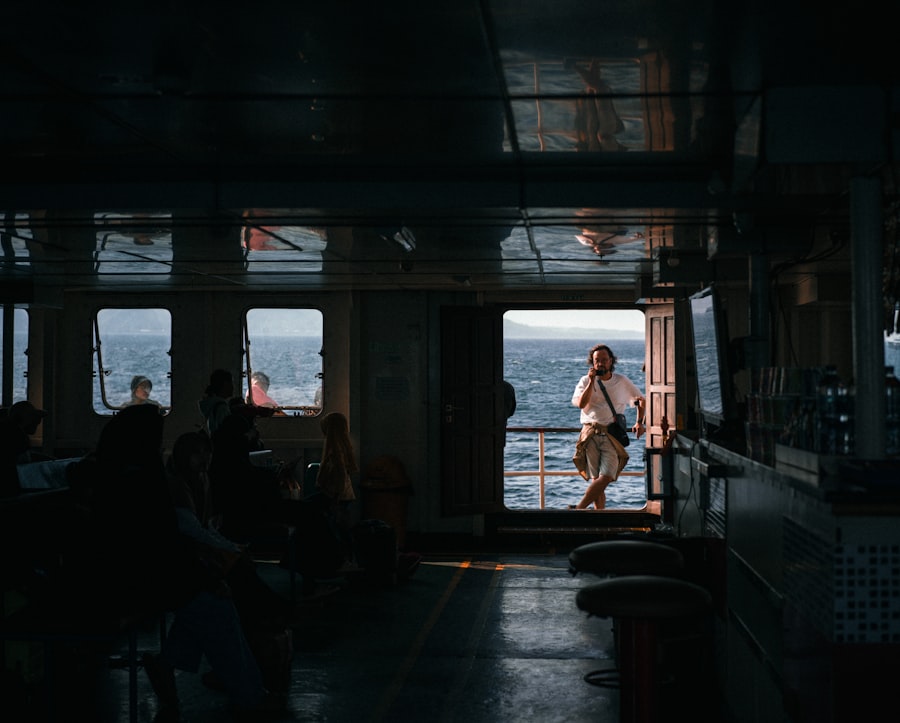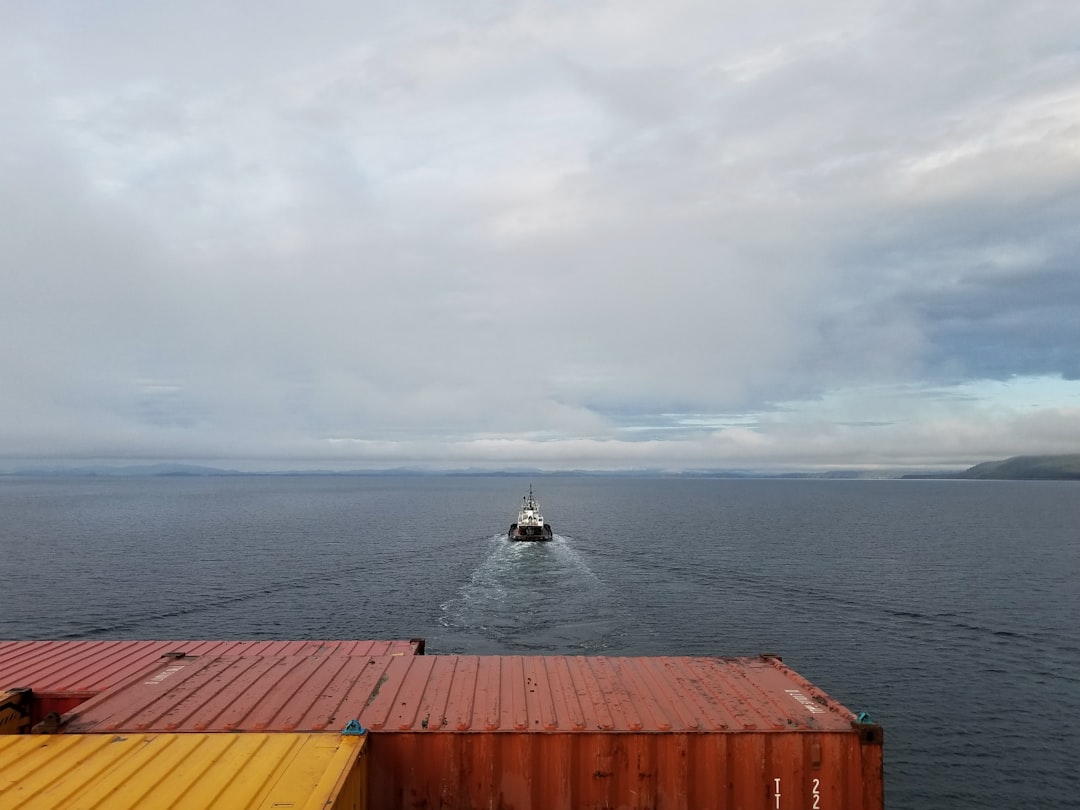The Drake Passage, a body of water that separates South America from Antarctica, is renowned for its tumultuous seas and unpredictable weather. Named after the English explorer Sir Francis Drake, who navigated these waters in the late 16th century, the passage has become a focal point for adventurers, researchers, and tourists alike. It serves as a critical maritime route for vessels traveling to and from the Antarctic region, making it an essential area for both scientific exploration and commercial shipping.
The Drake Passage is not just a geographical feature; it embodies the spirit of exploration and the challenges posed by nature. Crossing the Drake Passage is often described as a rite of passage for those venturing to Antarctica. The journey can be both exhilarating and daunting, with the potential for rough seas and rapidly changing weather conditions.
For many, the experience of navigating this notorious stretch of water is a testament to human resilience and the desire to explore the unknown. As such, understanding the intricacies of the Drake Passage is vital for anyone considering a voyage through these waters.
Key Takeaways
- The Drake Passage is a body of water between South America’s Cape Horn and the South Shetland Islands of Antarctica.
- It is known for its rough seas and challenging weather conditions, making it a significant and often daunting crossing for ships and vessels.
- Factors affecting the duration of crossing include weather conditions, sea ice, and the type of vessel being used.
- Weather and sea conditions in the Drake Passage can be extremely unpredictable, with strong winds, high waves, and potential for storms.
- The distance and route options for crossing the Drake Passage vary, with some vessels taking a more direct route while others opt for a longer but potentially smoother journey.
Geographic location and significance
The Drake Passage lies between Cape Horn at the southern tip of South America and the Antarctic Peninsula. It spans approximately 800 kilometers (500 miles) in width, making it one of the narrowest points of oceanic separation between two continents. This strategic location not only connects the Atlantic and Pacific Oceans but also plays a crucial role in global ocean currents and climate patterns.
The significance of the Drake Passage extends beyond its geographical features. It serves as a vital corridor for marine life, including various species of whales, seals, and seabirds that thrive in its nutrient-rich waters.
Additionally, the passage is a key area for scientific research, particularly in studies related to climate change and oceanography. The convergence of different oceanic currents in this region creates a dynamic environment that is essential for understanding broader ecological trends.
Factors affecting the duration of crossing

Several factors influence the duration of a crossing through the Drake Passage, making each journey unique. One of the primary considerations is the type of vessel used for the crossing. Larger ships may have more stability in rough seas but can also be slower due to their size and weight.
Conversely, smaller vessels may navigate more quickly but are often more susceptible to the whims of the weather. The choice of vessel can significantly impact how long it takes to traverse this challenging waterway. Another critical factor is the prevailing weather conditions at the time of crossing.
The Drake Passage is notorious for its rapidly changing weather patterns, which can include strong winds, heavy rain, and even snow. These conditions can lead to delays or necessitate changes in course, ultimately affecting travel time. Additionally, ocean currents play a significant role; favorable currents can expedite a crossing, while adverse currents can slow progress considerably.
Mariners must remain vigilant and adaptable to ensure a safe and timely journey.
Weather and sea conditions
| Date | Temperature (Celsius) | Wind Speed (km/h) | Humidity (%) | Sea Conditions |
|---|---|---|---|---|
| 01/01/2022 | 25 | 15 | 70 | Calms seas |
| 01/02/2022 | 22 | 20 | 80 | Moderate waves |
| 01/03/2022 | 28 | 10 | 60 | Rough seas |
The weather in the Drake Passage is notoriously unpredictable, characterized by strong winds and turbulent seas. The region experiences frequent storms, particularly during the winter months when conditions can become especially severe. Wind speeds can reach up to 60 knots or more, creating waves that can tower over 10 meters (33 feet) high.
Such conditions pose significant challenges for vessels attempting to navigate through this stretch of water. The sea conditions in the Drake Passage are influenced by various factors, including its geographic location and oceanic currents. The convergence of cold Antarctic waters with warmer currents from the north creates a volatile environment that can change rapidly.
Mariners must be prepared for sudden shifts in weather, as what begins as a calm crossing can quickly escalate into a tumultuous journey. Understanding these conditions is crucial for ensuring safety and making informed decisions during a crossing.
Distance and route options
The distance across the Drake Passage varies depending on the chosen route, with several options available for vessels making the crossing. The most direct route typically spans around 800 kilometers (500 miles) from Cape Horn to Antarctica’s northernmost point. However, some vessels may opt for longer routes that take advantage of more favorable weather or sea conditions.
These alternative paths can add significant distance to the journey but may ultimately provide a smoother crossing. Navigational choices are influenced by various factors, including vessel size, cargo type, and weather forecasts. For instance, larger ships may need to adhere to specific shipping lanes that are designed to accommodate their size and ensure safety.
Smaller vessels may have more flexibility in their routes but must remain vigilant about changing conditions. Regardless of the chosen path, careful planning and consideration are essential for a successful crossing.
Types of vessels used for crossing

A variety of vessels are employed to navigate the Drake Passage, each designed for specific purposes and conditions. Cruise ships are among the most common types of vessels used for tourist expeditions to Antarctica. These ships are equipped with stabilizers to enhance comfort during rough seas and often feature amenities that cater to passengers seeking adventure without sacrificing luxury.
Research vessels also play a crucial role in traversing the Drake Passage. These ships are equipped with advanced technology for scientific exploration and data collection. They are often designed to withstand harsh conditions while providing researchers with access to remote areas of Antarctica.
Additionally, cargo ships transport essential supplies to research stations and other facilities in the region, highlighting the passage’s importance in supporting scientific endeavors.
Average time taken for crossing
The average time taken to cross the Drake Passage varies significantly based on several factors, including vessel type and weather conditions. Generally speaking, most crossings take between 24 to 48 hours. However, this timeframe can fluctuate depending on specific circumstances encountered during the journey.
For instance, larger cruise ships may take longer due to their size and speed limitations, while smaller vessels might complete the crossing more quickly if conditions are favorable. Mariners must also account for potential delays caused by adverse weather or sea conditions. In some cases, crossings may extend beyond 48 hours if storms or rough seas impede progress.
As such, it is essential for travelers and crew members alike to remain flexible and prepared for any eventualities that may arise during their journey across this challenging body of water.
Fastest recorded crossing time
The fastest recorded crossing time of the Drake Passage is an impressive feat that showcases human ingenuity and determination in navigating one of the world’s most challenging maritime routes. While specific records may vary depending on vessel type and conditions at sea, some reports indicate that certain high-speed ferries have completed the crossing in as little as 12 hours under optimal conditions. These rapid crossings are typically achieved by vessels designed specifically for speed and efficiency rather than comfort or luxury.
Such vessels often employ advanced technology and streamlined designs that allow them to cut through waves more effectively than traditional ships. However, it is important to note that these speed records are not common; most crossings take significantly longer due to the unpredictable nature of the Drake Passage.
Slowest recorded crossing time
Conversely, the slowest recorded crossing time through the Drake Passage serves as a reminder of the challenges posed by this formidable body of water. In some instances, crossings have taken several days due to severe weather conditions or mechanical issues aboard vessels. Reports suggest that certain research expeditions have experienced delays lasting up to five days as they navigated through storms or waited for calmer seas before proceeding.
These extended journeys highlight the importance of preparation and adaptability when traversing the Drake Passage. Mariners must be equipped with contingency plans and resources to handle unexpected delays while ensuring passenger safety and comfort throughout their journey. Such experiences underscore the unpredictable nature of this maritime route and serve as valuable lessons for future travelers.
Tips for a smoother crossing
For those planning a crossing through the Drake Passage, several tips can help ensure a smoother experience. First and foremost, travelers should stay informed about weather forecasts leading up to their journey. Understanding potential conditions can help set realistic expectations and prepare for any challenges that may arise during transit.
Additionally, choosing an appropriate vessel is crucial for comfort during the crossing.
Packing essential items such as seasickness medication, warm clothing layers, and waterproof gear will also contribute to a more enjoyable journey.
Finally, maintaining an open mind and flexible attitude is vital when embarking on an adventure through the Drake Passage. Embracing the unpredictability of nature can lead to unexpected discoveries and memorable experiences along the way.
Conclusion and final thoughts
The Drake Passage stands as a testament to both nature’s power and humanity’s spirit of exploration. Its geographic significance connects two continents while serving as a vital corridor for marine life and scientific research alike. Navigating these waters presents unique challenges influenced by weather conditions, vessel types, and route options.
As adventurers embark on their journeys across this formidable passageway, they must remain prepared for both smooth sailing and turbulent seas alike. With careful planning, adaptability, and respect for nature’s unpredictability, travelers can embrace all that this remarkable body of water has to offer—an experience that will undoubtedly leave an indelible mark on their memories as they venture into one of Earth’s last frontiers.
If you’re planning a journey through the Drake Passage and wondering how long it might take to cross, you might find it interesting to explore related travel experiences and tips. For more insights into navigating this challenging yet rewarding route, you can check out an article on MyGeoQuest that delves into various aspects of such adventurous voyages. This article provides valuable information that could enhance your understanding and preparation for the trip. To read more about it, visit this page on MyGeoQuest.
WATCH NOW! Drake Passage: Earth’s Deadliest Waters Revealed
FAQs
What is the Drake Passage?
The Drake Passage is the body of water between the southern tip of South America and the northern tip of the Antarctic Peninsula. It connects the Atlantic and Pacific Oceans.
How long does it take to cross the Drake Passage?
The time it takes to cross the Drake Passage can vary depending on weather conditions and the specific route taken. On average, it takes about 2-3 days to cross the Drake Passage by ship.
What factors can affect the crossing time of the Drake Passage?
The crossing time of the Drake Passage can be affected by weather conditions, including strong winds and rough seas. Icebergs and sea ice can also impact the crossing time, as ships may need to navigate around these obstacles.
What is the best time of year to cross the Drake Passage?
The best time of year to cross the Drake Passage is during the austral summer, which runs from November to March. During this time, the weather is generally milder and there is less sea ice, making for a smoother crossing.
What types of vessels typically cross the Drake Passage?
A variety of vessels cross the Drake Passage, including research ships, expedition cruise ships, and cargo vessels. These vessels are equipped to handle the challenging conditions of the passage.
